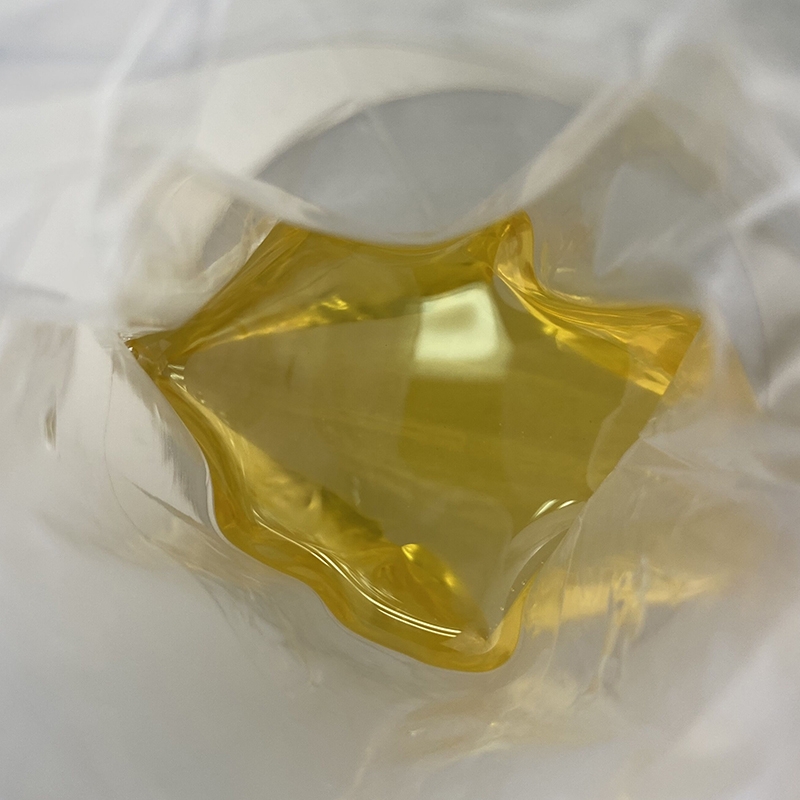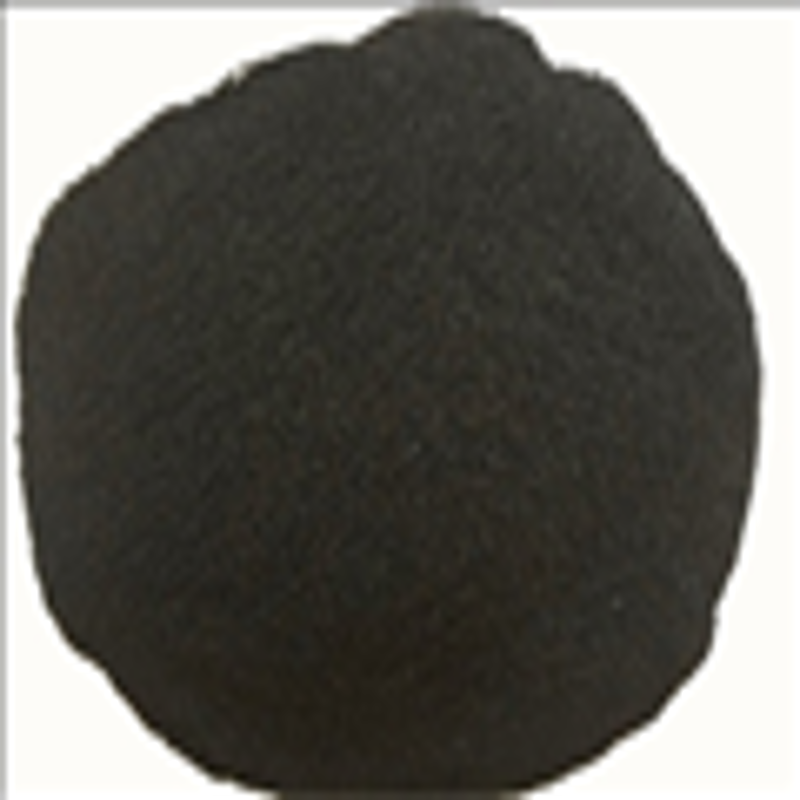-
Categories
-
Pharmaceutical Intermediates
-
Active Pharmaceutical Ingredients
-
Food Additives
- Industrial Coatings
- Agrochemicals
- Dyes and Pigments
- Surfactant
- Flavors and Fragrances
- Chemical Reagents
- Catalyst and Auxiliary
- Natural Products
- Inorganic Chemistry
-
Organic Chemistry
-
Biochemical Engineering
- Analytical Chemistry
- Cosmetic Ingredient
-
Pharmaceutical Intermediates
Promotion
ECHEMI Mall
Wholesale
Weekly Price
Exhibition
News
-
Trade Service
Stratified squamous epithelia, also known as stratified squamous epithelia, usually exist on the surface of the skin, esophagus, and oral cavity, and undergo a continuous regeneration process, during which terminally differentiated cells from the surface It is shed and replenished by dry cells [1]
.
Due to the constant loss of cells, stratified squamous epithelium must be in a dynamic equilibrium state to maintain the normal operation of its tissue structure and function [2]
Recently, the Panteleimon Rompolas research group at the University of Pennsylvania published an article entitled Two-photon live imaging of single corneal stem cells reveals compartmentalized organization of the limbal niche in Cell Stem Cell, using two-photon live imaging of corneal stem cells and The activity of its progeny cells has been systematically and long-term observed and recorded
.
In order to observe the cornea of mice, the authors established a two-photon microscope-based in vivo imaging technology that can directly observe the eyes of mice for a long time (Figure 1)
.
There is a certain distinction between the markers of stem cells in the limbus in mice and humans, but so far there is no specific confirmation that can only label these stem cells5
Figure 1 Experimental scheme of limbal in vivo imaging based on two-photon
Through in vivo imaging recording experiments, the authors found that there is a group of slowly dividing cells in the outer limbal cell population
.
After tracking, the fluorescent signal can only be preserved in cells that continue to divide
In order to further evaluate the function of limbal stem cells, the authors used femtosecond pulsed lasers to perform specific stem cell ablation in situ while maintaining the integrity of the surrounding cell niches to prevent damage to surrounding tissues
.
After the ablation of the inner limbus cells, it can be observed that the corneal cell clones cannot continue to grow after the stem cells are removed, and degenerate to the center of the cornea
Figure 2 Working model
In summary, this work reveals the two functions of homeostasis maintenance and lineage regeneration in the cornea of murine stratified squamous epithelial tissue through long-term in vivo imaging experiments based on two-photon microscopy
.
Inner limbal stem cells mainly undergo symmetrical division to maintain the number of progenitor cells to support corneal homeostasis; outer limbal stem cells promote regeneration after corneal injury







